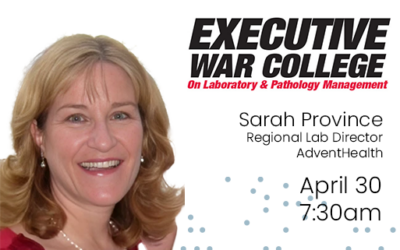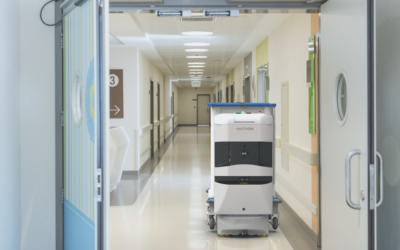Hospital construction is a booming business and the outlook for the hospital construction market is positive, according to Medical Construction & Design magazine. Hospitals are getting larger and becoming more technically sophisticated but are also providing more patient-friendly, comfortable environments. Yet, hospitals are now more complex structures and, literally, have more moving parts. In fact, when you consider all the services they provide within their walls hospitals are really like small indoor cities. Most healthcare professionals do not realize how much material a hospital moves in a given day:
Click on the image to see for yourself

Design for efficiency
Several large-scale hospitals have already proven creating functional operations is an achievable goal. In order to reach this goal, these healthcare organizations have designed and built efficient facilities that incorporate modern technologies, which allows for improved patient care.
The most progressive hospitals are designing for efficiency before they build. They design, simulate, and iterate the planned facility to ensure that when it opens it can be an efficient care delivery system. Using simulation modeling is sometimes referred to as virtual design & construction – or VDC for short. As it turns out, increased logistics complexity and labor is a common problem for hospitals as they plan for longer distances and distributed facility services.
Robots in the plan
Already, our TUG robots have proven successful in large-scale hospitals around the US. For example, University of California San Francisco (UCSF) Medical Center at Mission Bay, which is an 878,000-square-foot building that houses the UCSF cancer, women’s and children’s hospitals, has introduced a fleet of 27 TUG robots. The medical center has used the TUGs for deliveries to streamline operations by reducing staff walking distances by carrying linens, food, specimens and medications throughout the building.
Optimizing staff utilization and patient satisfaction is more important than ever in today’s healthcare climate. While technology by itself does not assure quality or efficiency, it can help tremendously when incorporated into daily routine and culture. Our objective at Aethon is to improve the efficiency of existing as well as new hospitals. The TUG autonomous mobile robot can reduce costs and while increasing the availability of clinical staff for patient care as it becomes the work-horse handling with efficiency the relentless need for delivery of materials throughout the facility. Aethon has already made 19 million deliveries in hospitals. TUG mobile robots are the way of the future, and is proving to be a tremendous benefit to both hospitals and patients.




